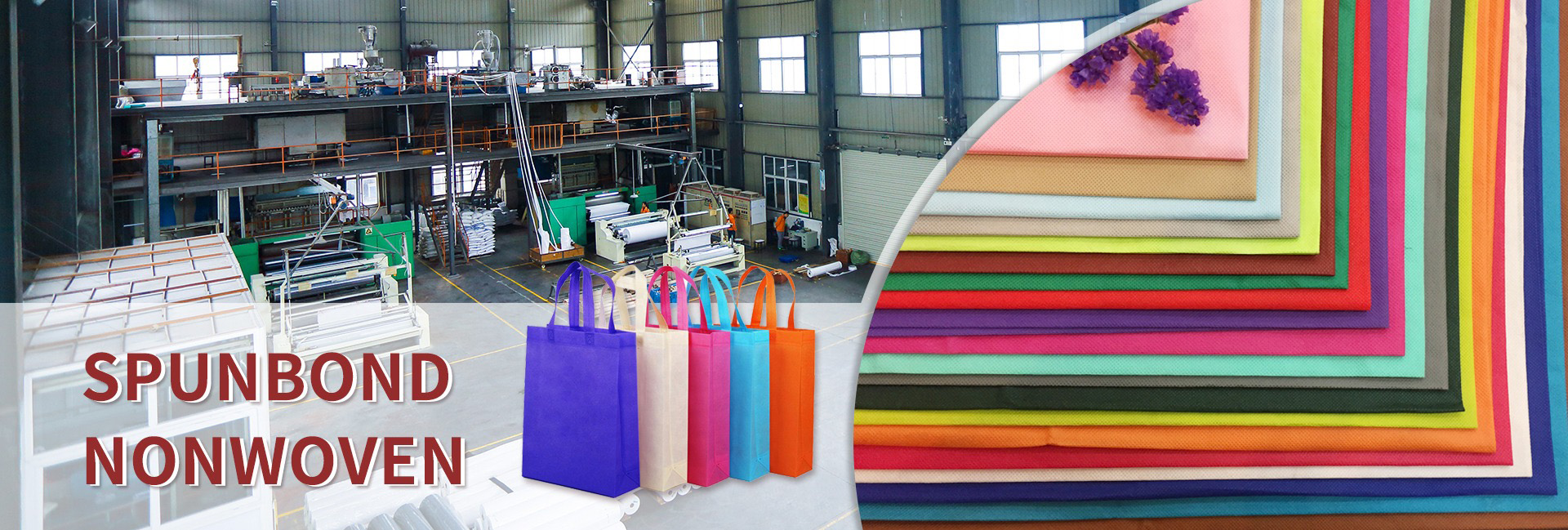The antibacterial rate of silver ion antibacterial polyester fiber is still over 99% after 50 washes. Natural chitosan and organic quaternary ammonium salt technology breaks through the bottleneck of heat resistance. From surgical gowns to marathon equipment, antibacterial technology is reshaping the consumer experience of medical protection, sportswear and healthy home.
As one of the most widely used synthetic fibers, polyester fiber (polyester) plays an important role in clothing, home textiles, medical and other fields. However, its surface is prone to breeding bacteria, which has become a pain point restricting its application. By introducing antibacterial agents to modify polyester fibers, it not only gives them lasting antibacterial properties, but also promotes the upgrading and development of the entire industry.
Multi-technical paths of antibacterial agents
At present, antibacterial agents for polyester fibers have formed three major technical systems, each with its unique advantages and applicable scenarios.
Natural antibacterial agents: chitosan, mugwort essential oil and other ingredients extracted from animals and plants have excellent biocompatibility and safety. For example, Japan’s Kanebo Company embedded chitosan powder into polyester fibers to make underwear fabrics with natural antibacterial effects, effectively inhibiting the growth of Staphylococcus aureus. However, natural antibacterial agents generally have poor heat resistance and easy loss.
Organic antibacterial agents: represented by quaternary ammonium salts and halamine compounds, they achieve efficient sterilization by destroying bacterial cell membranes. This type of antibacterial agent is rich in variety and sterilizes quickly, but it is easy to precipitate and has insufficient heat resistance. Foss Company in the United States has improved stability and maintained a strong antibacterial effect by combining silver zeolite with organic antibacterial agents.
Inorganic antibacterial agents: mainly include metal ions such as silver ions and zinc ions, and photocatalytic materials such as titanium dioxide. Silver ions destroy bacterial DNA by releasing active oxygen, while titanium dioxide produces strong oxidizing free radicals under light to achieve long-lasting antibacterial effects. The silver ion antibacterial polyester fiber developed by Japan’s Toray Company still has an antibacterial rate of more than 99% after 50 washes, making it the preferred material in the field of medical protection.
Five major modification processes empower antibacterial fibers
The combination of antibacterial agents and polyester fibers directly affects their antibacterial properties and durability. At present, the mainstream technologies in the industry include:
In-situ polymerization method: directly adding antibacterial agents during the polyester polymerization stage, such as South Korea’s SKC company disperses nano zinc oxide in polyester monomers to produce antibacterial masterbatch. This method ensures uniform dispersion of the antibacterial agent, but may reduce fiber strength.
Co-spinning method: blending the antibacterial agent with polyester chips and spinning. The silver ion masterbatch developed by Taiwan Far East New Century achieves uniform mixing through twin-screw extrusion technology, taking into account both antibacterial properties and fiber strength.
Composite spinning method: manufacturing skin-core structure fibers, the outer layer contains antibacterial ingredients. The medical curtains produced by Trevira in Germany using this technology have an antibacterial layer that only accounts for 10% of the fiber volume, which not only reduces costs but also ensures mechanical properties.
Post-finishing coating: attach the antibacterial agent to the surface of the fabric by padding. The SCJ-963 finishing agent developed by China Cleansing Company can make the fabric retain 80% of the antibacterial effect after 30 washes. Although the washability needs to be improved, the process is simple and the cost is low.
Graft modification method: Use plasma or radiation technology to chemically bond the antibacterial components to the fiber surface. Nano-Tex in the United States uses electron beam grafting technology to make the antibacterial function withstand 100 industrial washes, but the cost is high.
Wide application of antibacterial fibers
The diverse application scenarios of antibacterial polyester fibers reflect its value in different fields.
Medical protection: Surgical gowns, masks and other products are treated with antibacterial treatment to effectively reduce cross-infection. The silver ion-containing medical bandage developed by Courtaulds in the UK has been certified by the EU CE and is widely used in postoperative care.
Sportswear: Antibacterial underwear can inhibit the reproduction of bacteria in sweat and reduce odor. The Silver-Tech series launched by Anta Sports in cooperation with DuPont uses silver ion antibacterial technology and has become the designated equipment for marathon events, which is deeply favored by athletes.
Home environment: Antibacterial fibers are used in bedding, curtains, etc., which significantly improves home hygiene. The antibacterial pillow core launched by Japan’s MUJI uses titanium dioxide-coated polyester fibers, and its sales have increased by 45% year-on-year, reflecting consumers’ demand for healthy homes.
Transportation interiors: Antibacterial seat covers, carpets and other products provide hygienic protection for confined spaces such as subways and airplanes. The silver ion antibacterial seat fabric developed by Bayer of Germany and Airbus has been used in the A350 model to enhance the travel experience of passengers.
Dongguan Liansheng Non woven Technology Co., Ltd. was established in May 2020. It is a large-scale non-woven fabric production enterprise integrating research and development, production, and sales. It can produce various colors of PP spunbond non-woven fabrics with a width of less than 3.2 meters from 9 grams to 300 grams.
Post time: Jun-16-2025

